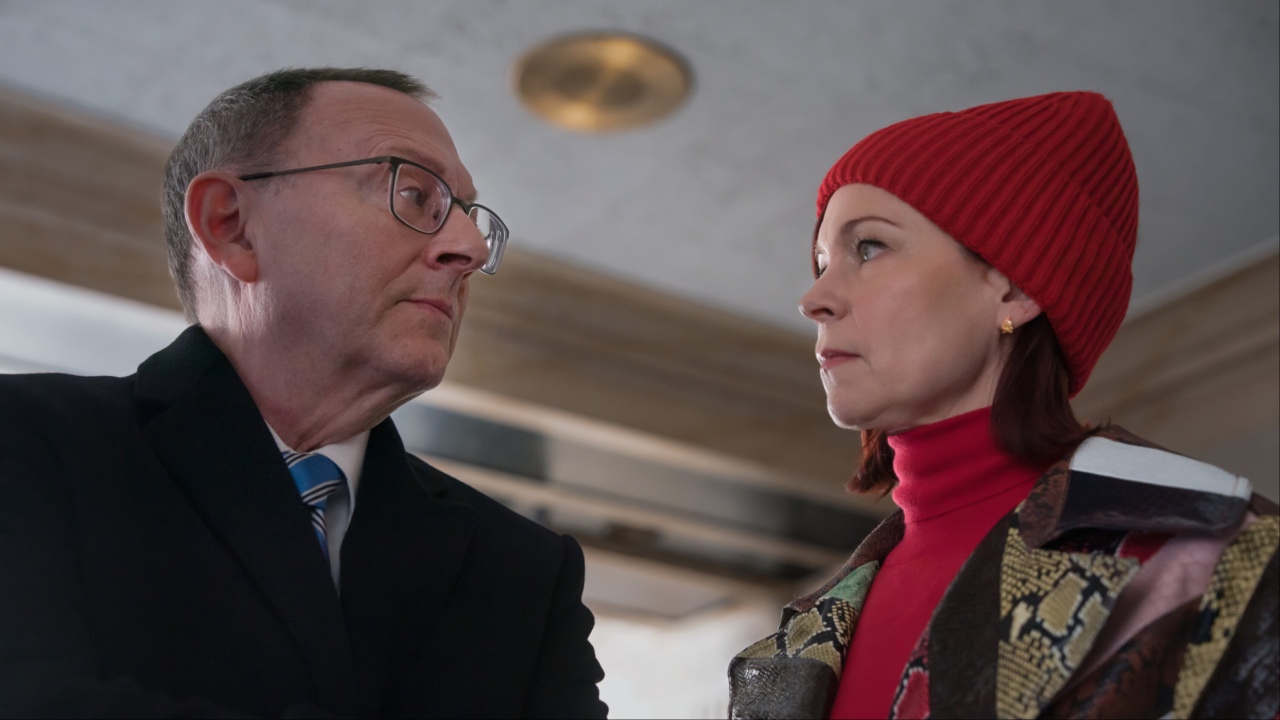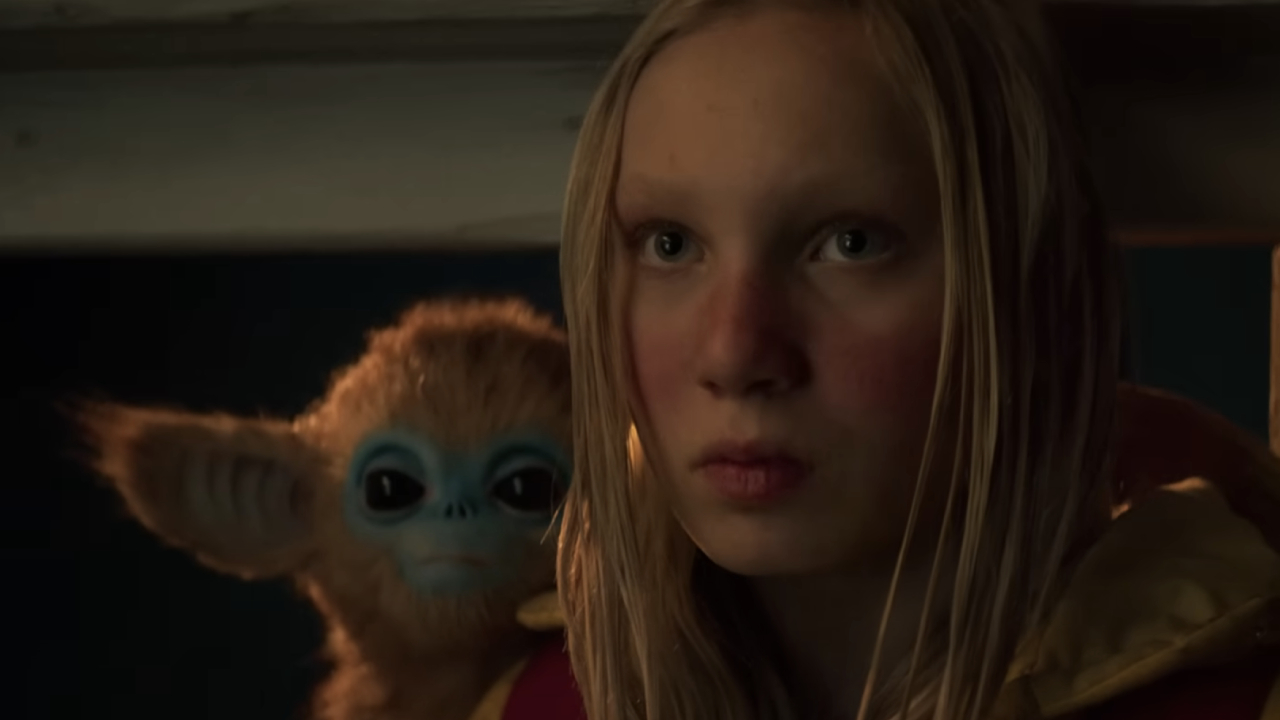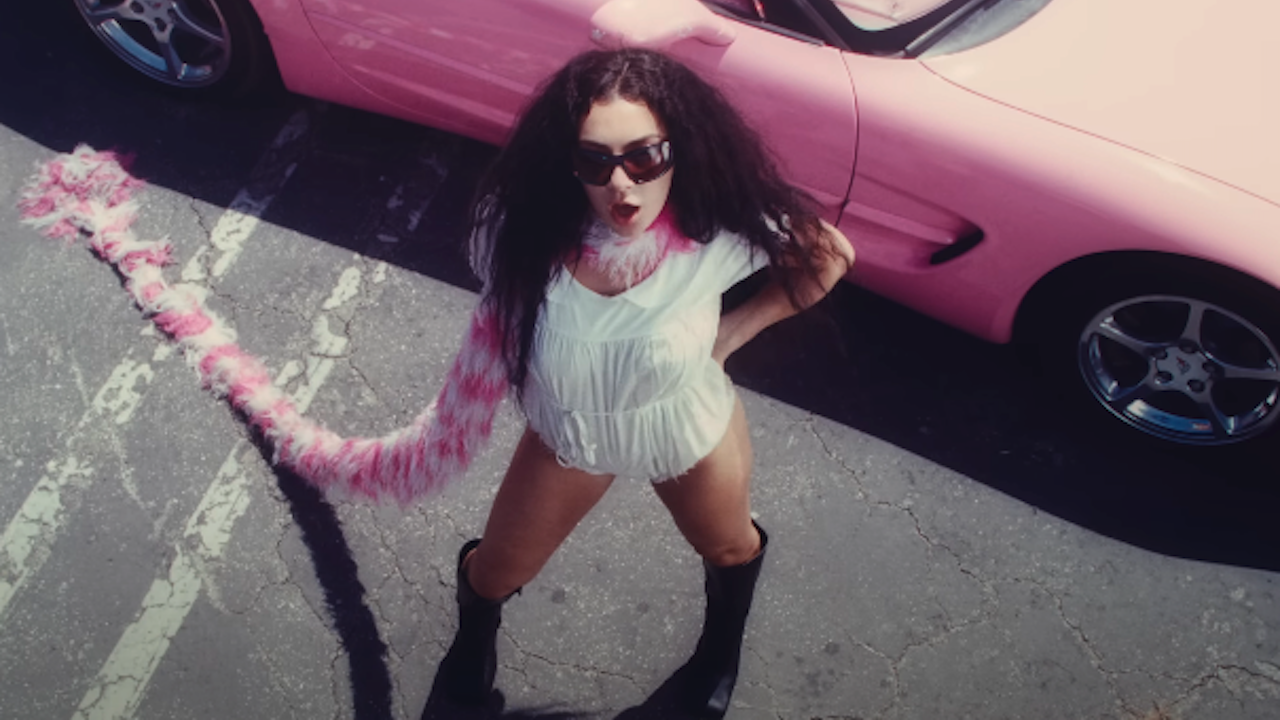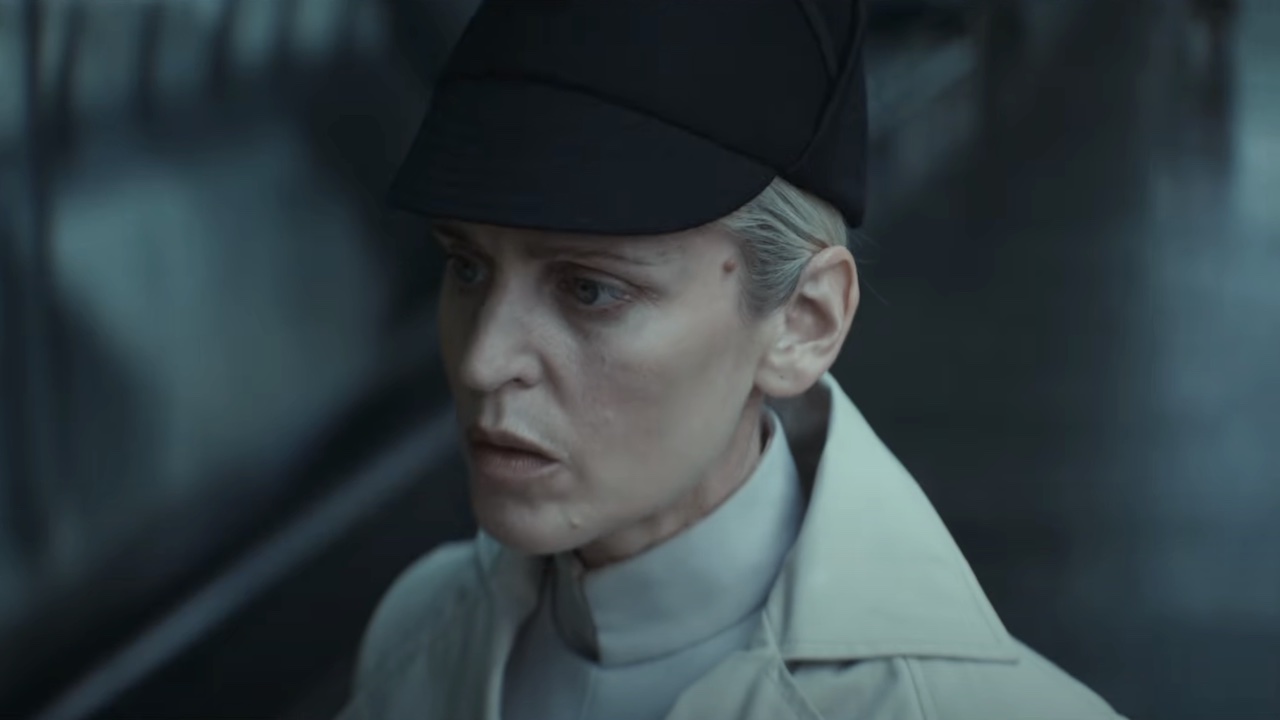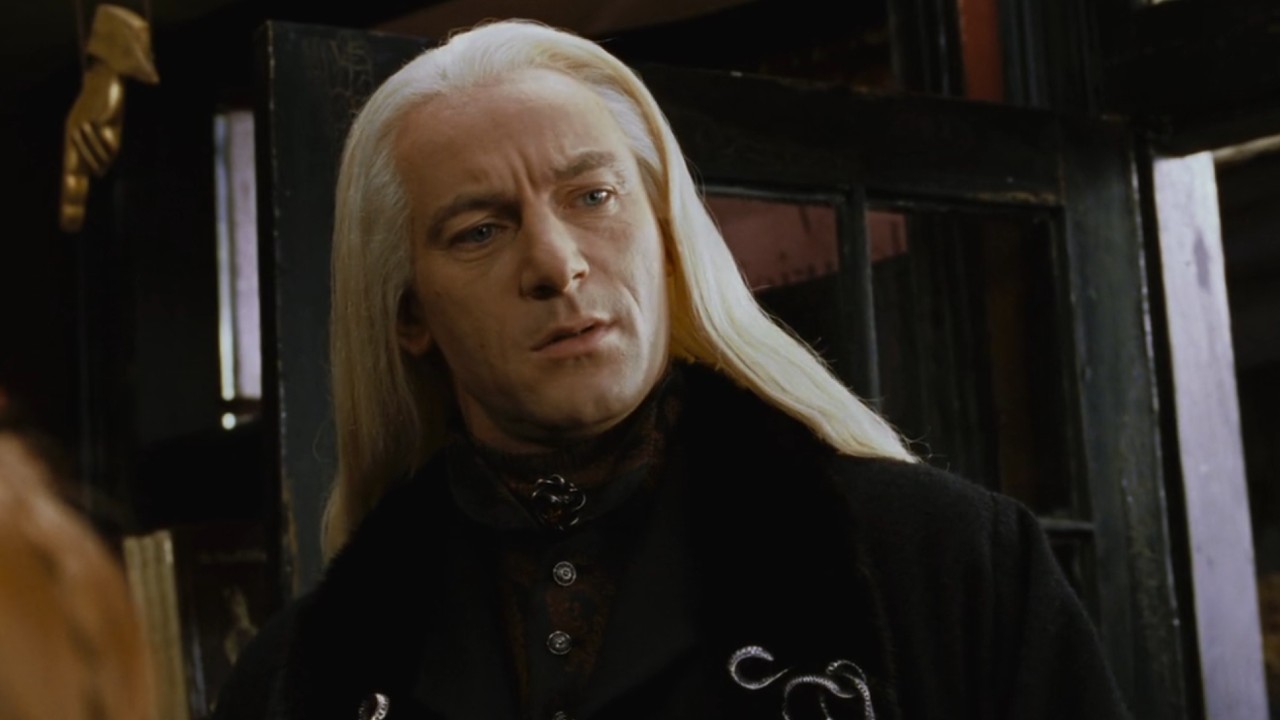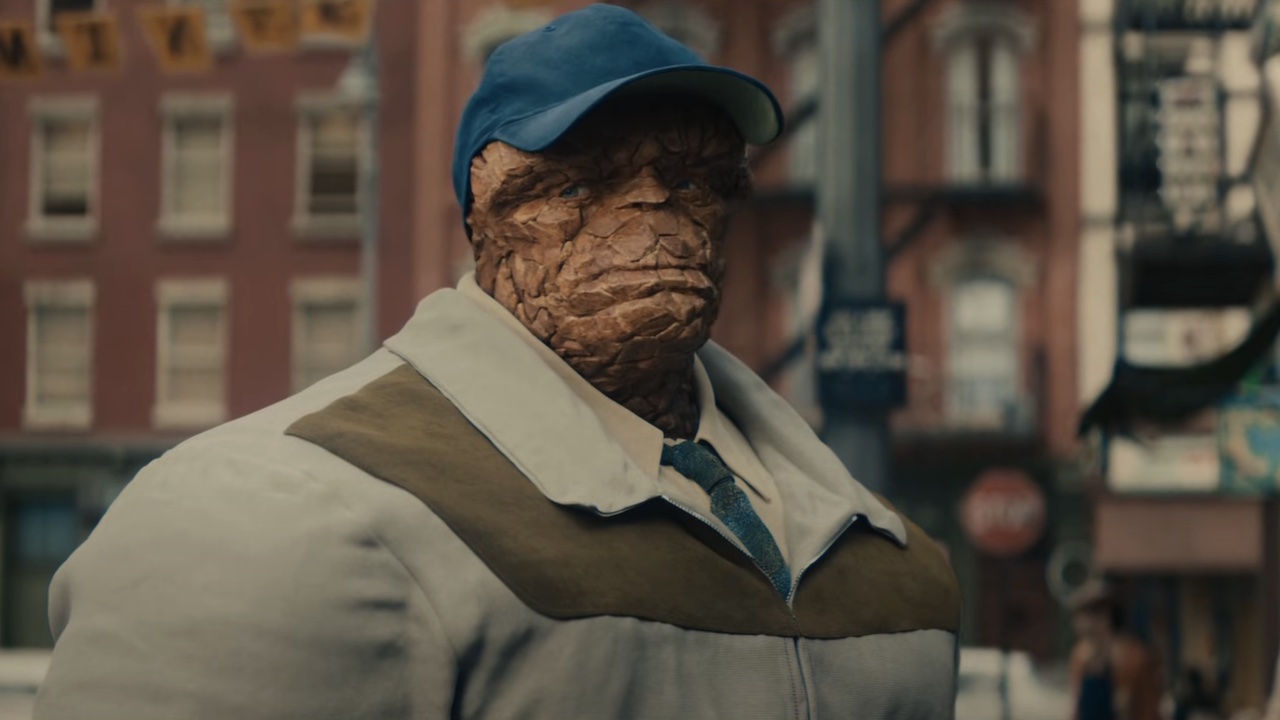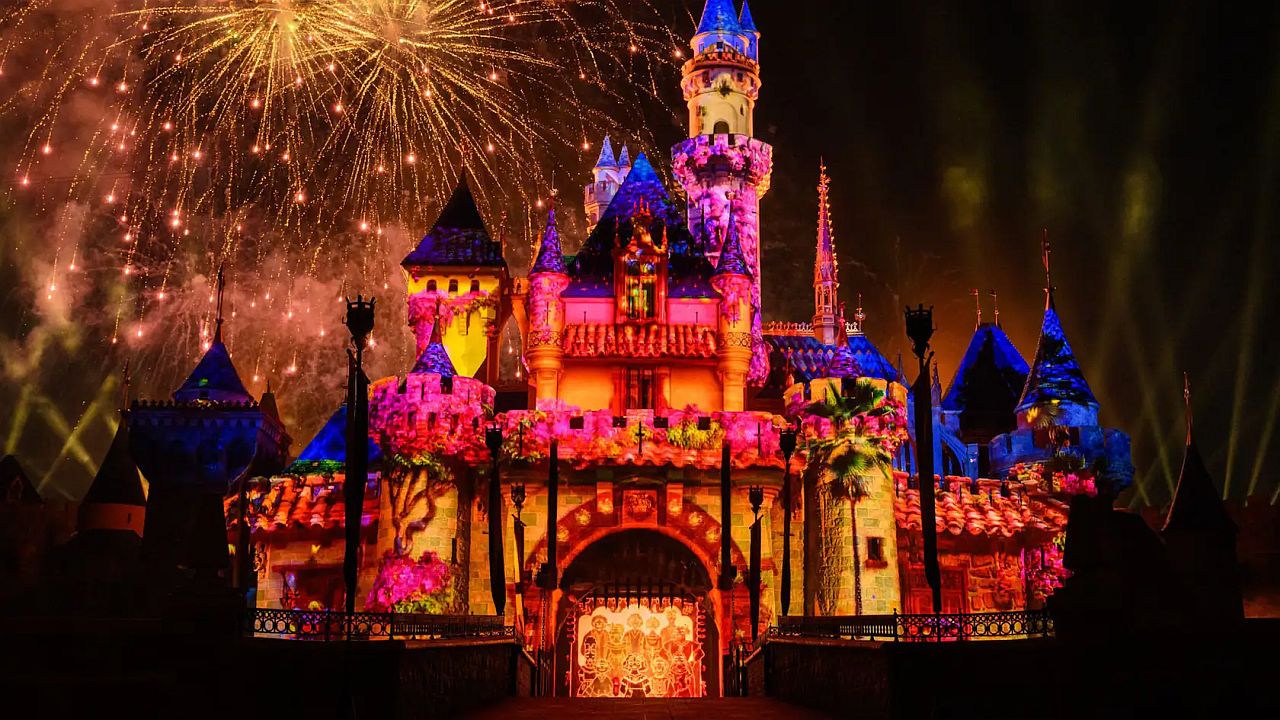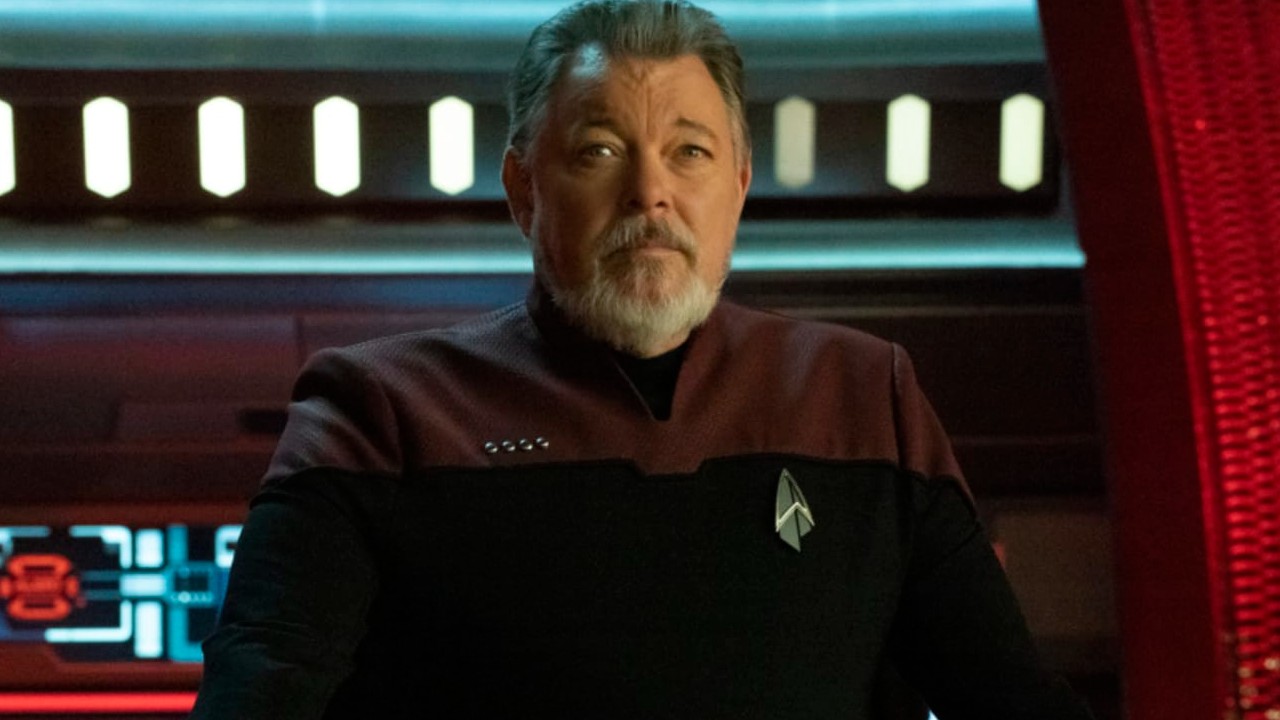The 10 Best 3-D Movies And What Hollywood Can Learn From Them
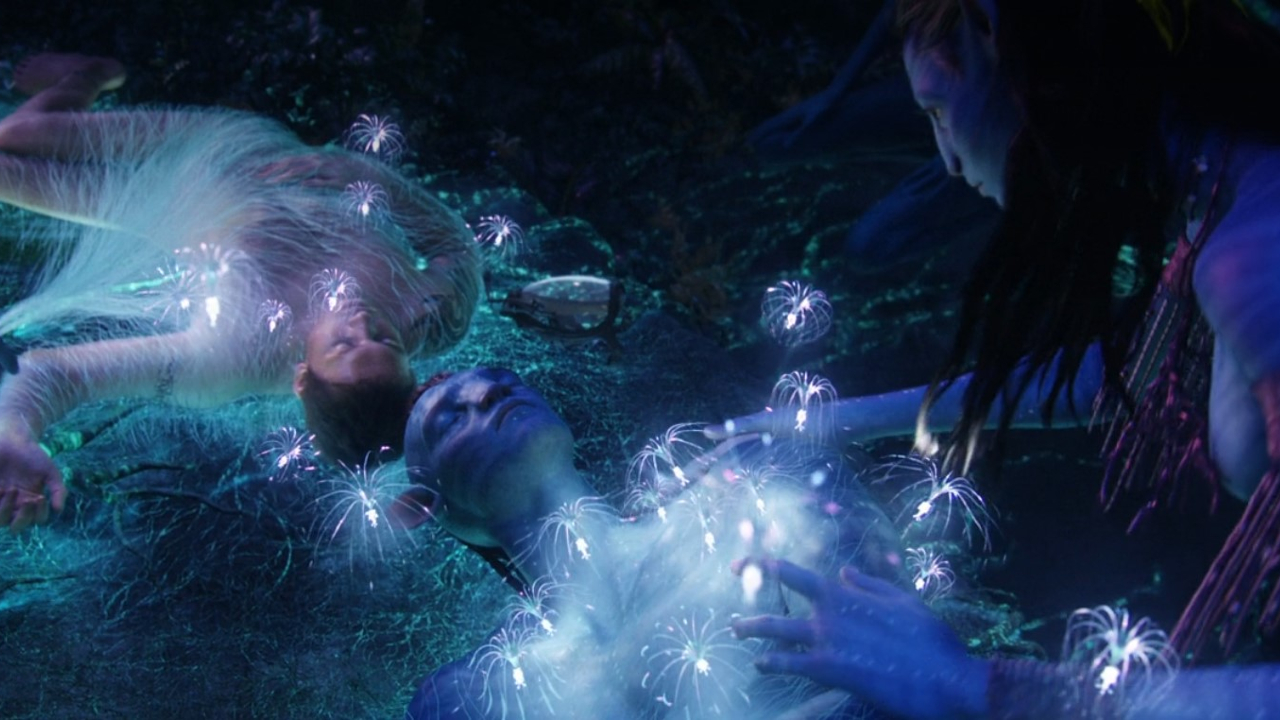
In the wake of Avatar 3-D is the next big leap and Hollywood hasn't been shy about putting everything they have into the format. Summer's over but the next few months will see even more movies released in 3-D. You'd probably better get used to wearing those glasses. Next week Piranha 3D shows up with a campy approach to the format and a few weeks later in September Resident Evil: Afterlife will take a much more technologically serious approach as it becomes one of the few movies since Avatar to use James Cameron's 3D Fusion Camera system. After riding the wave of a summer box office loaded with 3-D conversions we've talked a lot about all the ways that 3-D's been going wrong, but maybe there's something to be learned by looking back at all the times 3-D went right.
Freed from the shackles of the mostly unsuccessful blue and red glasses 3-D which spared people to death, used properly and on the right movies, 3-D can and has added something to your viewing experience. Listen up Hollywood. Here's what it looks like when 3-D is done right.
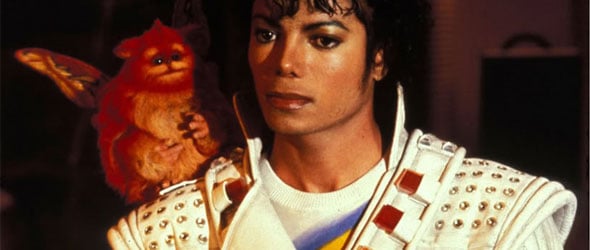
Captain EO (1986)
When it debuted at Disney parks in the 80s Captain EO was regarded as the first 4-D film because it incorporated in-theater effects like laser lights along with the 3-D elements on screen. But really, it was just 3-D with lasers. Directed by Francis Ford Coppola, the short film starred Michael Jackson as the captain of a ragtag starship crew on a mission across the stars. The story was pretty silly, and since it starred Michael Jackson, prone to a lot of singing, but the movie's special effects were stunning. Coppola's groundbreaking 3-D camera tricks were so good that those 3-D effects still hold up pretty well today. In part that's because Disney went all out when making it. Captain EO cost, on average, $1.76 million per minute to make. For that money Disney parks got the first ever 3-D movie that actually really worked in 3-D. It was so well done that more than twenty years later Captain EO continues to show at Disney's parks around the world.
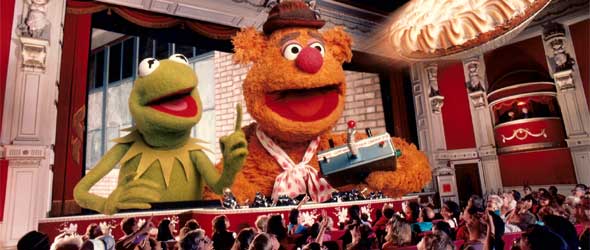
Jim Henson's Muppet*Vision 3-D (1991)
Captain EO got all the attention but Michael Jackson's weird, space adventure wasn't the only 3-D movie showing at Disney's parks in the 90s. If you were lucky, maybe at some point during a trip to Disney you've stumbled into a showing of Jim Henson's Muppet*Vision 3-D. The attraction first opened at Walt Disney World and Disneyland in 1991 and it takes 3-D beyond the screen. The presentation uses actual animatronic Muppets and other real special effects to heighten the impact of the 3-D elements in the movie. At some point while you're watching it becomes nearly impossible to distinguish between what's really there in the room with you and what's being projected, and since it's the Muppets, it's a lot of fun. Muppet*Vision 3-D was the last thing ever directed by the late, great, Jim Henson. If he'd stuck around longer, it's hard not to wonder what he'd have thought of the format now… or for that matter what brilliant new ways he'd have come up with to use it.
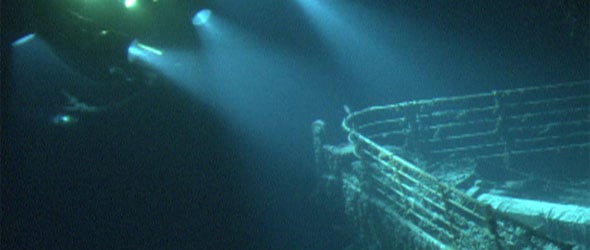
Ghosts of the Abyss (2003)
CINEMABLEND NEWSLETTER
Your Daily Blend of Entertainment News
Back in 2003 people still thought of 3-D as red and blue lenses Elmer's glued into paper frames. 3-D was still the awful, clunky, unwatchable stuff of Jaws 3-D and audiences wanted no part of that. But quietly, behind the scenes, James Cameron was working to change everything. Before he shot Avatar he started testing a new kind of 3-D on a series of underwater documentaries. This Cameron directed film was the first Disney movie produced in 3-D and, if you were one of the few who made it to an IMAX theater to see it, it blew your mind. Sure a lot of the 3-D effects were wasted on pie charts, but oh what pie charts. Graphs are a lot more interesting when they're hovering of the head of the guy in front of you. Images leaped out of the screen with stunning clarity. As Cameron's robotic cameras dove into the wreck of the Titanic, it was easy to let yourself go and feel as though you were really there. It would be more than half a decade before Cameron perfected his 3-D technique, but he laid the groundwork here, quietly, and while no one was really looking.
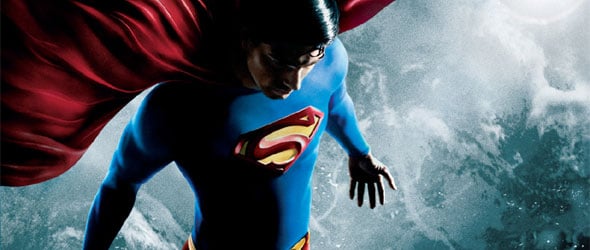
Superman Returns: An IMAX 3-D Experience (2006)
When it was released in 2006 an alternate version of Superman Returns called Superman Returns: An IMAX 3-D Experience was released simultaneously in IMAX theaters. It was the first live-action Hollywood movie to get a combined IMAX 3-D release, though now its commonplace. Only 20 minutes of the film were actually converted into 3-D which resulted in the admittedly annoying process of taking your 3-D glasses on and off throughout the film… but oh what a 20 minutes. Superman's bright, sharp colors and director Bryan Singer's talent for stunning visual clarity made those 20 minutes of 3-D worth the trouble. Used primarily on action sequences, 3-D made the movie's biggest moments even bigger and grander. Combined with IMAX's unmatched picture and sound quality Superman Returns delivered an, at the time, unmatched of theater experience.
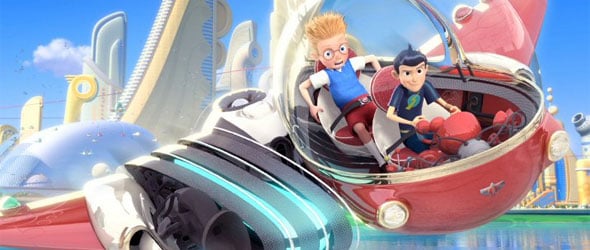
Meet the Robinsons (2007)
Meet the Robinsons was a turning point for Disney. The studio's second attempt at computer animation was also their first good one. They'd been struggling, their animated movies were no longer working, and then out of nowhere suddenly Meet the Robinsons did. It helped that they had a strong story rooted in the importance of family, but visually, I'm not sure the movie would have worked without 3-D. On its own Robinsons' animation looked dated and overly simplistic but when 3-D was used to add depth, suddenly the film's unexpectedly simple landscape design became deeper and more interesting. In applying 3-D to such basic computer animation Robinsons discovered something interesting: 3-D works best when you keep it simple.
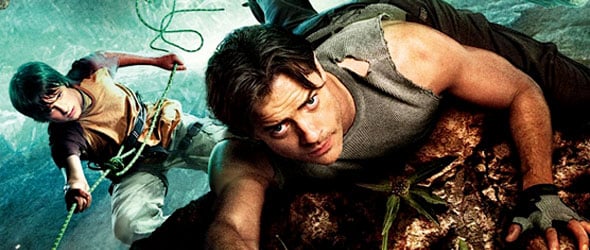
Journey to the Center of the Earth (2008)
While most movies use 3-D only to enhance what they're doing, Journey to the Center of the Earth existed solely in the service of 3-D. It was made, from the beginning, with 3-D in mind and the entire film was crafted from stem to stern with audiences wearing funny glasses as the plan. That paid off in a big way in sheer entertainment value. While the movie's story was, admittedly, a shallow, paint by numbers modern version of Jules Vernes' classic tale, the film's visual elements were such a blast that most went in and didn't care. The movie took full advantage of both the gimmicks and subtler nuances 3-D offers to delight and amaze. Journey to the Center of the Earth was the rare 3-D movie that there was literally no point in watching without 3-D. Without your glasses on, without 3-D effects, there was no movie. Maybe they didn't always get the story right but Journey knew how to get the most out of 3-D.

My Bloody Valentine (2009)
Before Hollywood started trying to promote 3D that was "subtle" and "enhanced the world of the film," My Bloody Valentine used the technology the way it was always intended-- to scare the hell of an audience by throwing things at them. I can't even tell you how many times a pickax swung perilously out over the crowd, or how many bulging eyeballs or body parts came up for our close inspection-- and that's mostly because I had to cover my eyes in terror every time it happened. I have no idea why a cheapie horror movie like My Bloody Valentine managed to do live-action 3D better than something massive like The Last Airbender, but I'd never been so happy to see real humans in the third dimension-- and then, of course, to see those real humans chopped to bits.
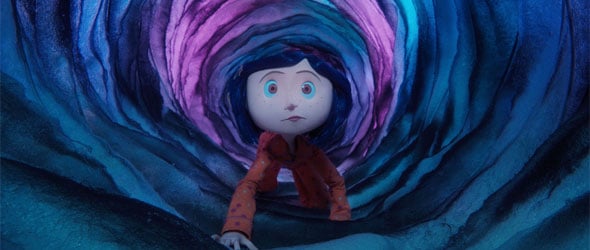
Coraline (2009)
As we've seen with many of the 3-D films released this year, it's often difficult to get the proper level of depth required for a positive 3-D experience with a live action movie. Henry Selick's Coraline, on the other hand, has depth to spare. Both filmed in 3-D and animated using 3-D figures, the movie actually establishes an immersive world for the audience, something that 90% of 3-D films lack. Be it expanding a tunnel into an alternate world filled with button-eyed doubles or fighting against the evil Beldam in a gigantic spider-web, Coraline was a movie experience made for 3-D. Watching it that way is like stepping inside the film's magical, stop-motion world. In Henry Selick's clay-molding hands, Coraline's 3-D experience was supremely effective.
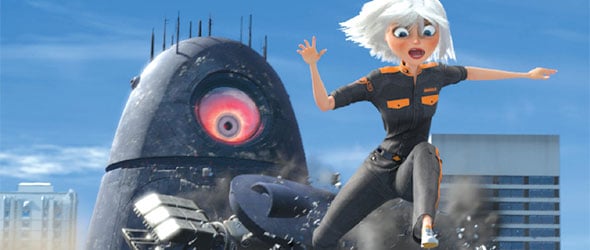
Monsters vs. Aliens (2009)
Monsters vs. Aliens was an endearingly goofy and over-the-top spin on the classic monsters movie, and how better to honor the B-movie roots than by showing the whole thing in glorious 3D? It wasn't just that it was better to have the various laser beams and monsters flying out of the screen at you, but that even the 3D was getting in on the fun, amping up the bright colors and crazy action so that you didn't have a choice but to jump in. As one of the first DreamWorks movies conceived in 3D, MvA's action sequences took great advantage of the format, sending Ginormica skating down the streets of San Francisco with cars as roller skates, and showing off every bit of alien weaponry in sharp 3D detail. Monsters vs. Aliens was too early in the 3D trend to take advantage of enough high ticket prices to earn itself a sequel, but it still represents one of the earliest and best examples of how animation can really work with the added dimension.
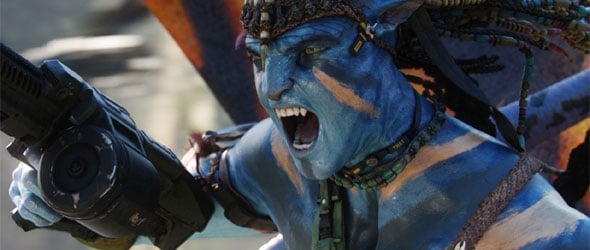
Avatar (2009)
James Cameron began developing Avatar in 1994 and much of the time between then and its 2009 release was spent developing the movie's groundbreaking 3-D effects. Live action elements were shot entirely on the 3-D Fusion Camera System and that worked. But much of the reason the film's 3-D succeeds is that 60% of the movie's scenes contain no live action elements and were done using photorealistic computer generated images created using a new kind of virtual camera system for motion capture. Under Cameron's direction 3-D is used to give the Pandoran jungles depth or to make seed pods float out over the heads of the audience, and at times what's happening on screen feels utterly real. Since its release Avatar has become the gold-standard in 3-D filmmaking, and if you're serious about making a 3-D movie, then you'll do it the Avatar way.
